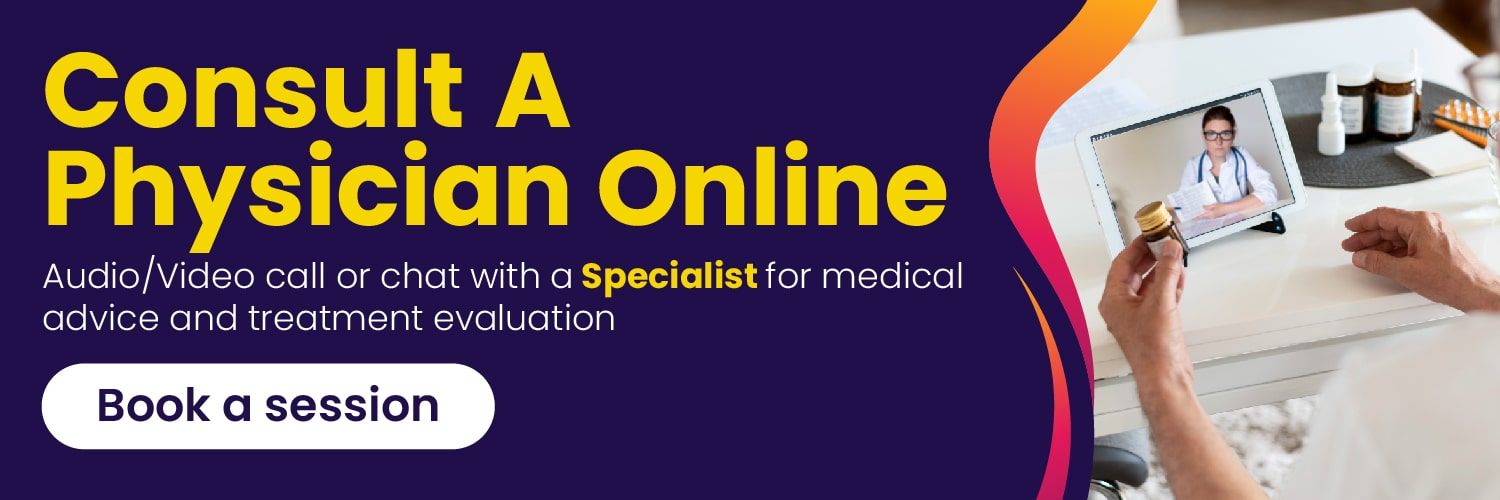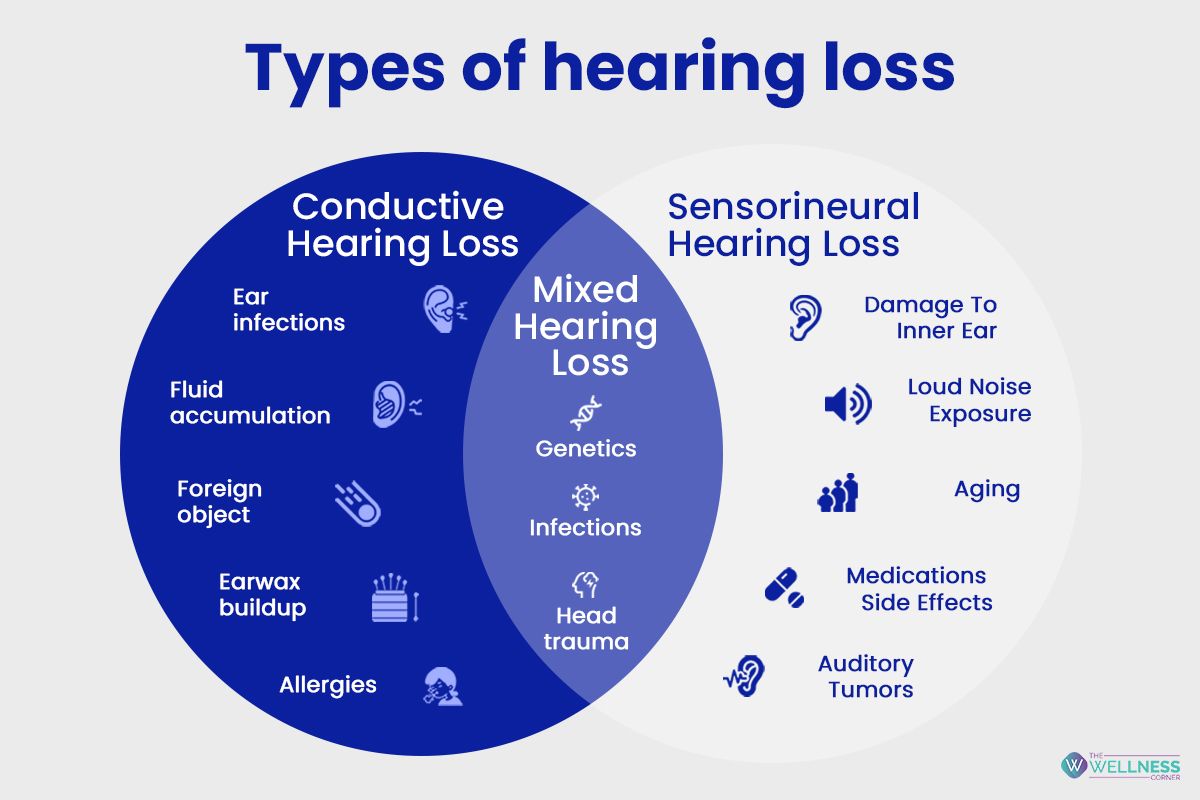Hearing Loss From Headphones? How To Take Care Of Your Ears?
- 20 months ago
In a world where music and podcasts dominate our daily routines, headphones have become essential. However, within this auditory bliss, a hidden danger looms— the risk of hearing loss.
You're sitting on a crowded train, escaping into the rhythm of your favorite playlist through your trusty headphones. The thumping bass reverberates in your chest, and the melodies wash over your senses like a gentle breeze. The world around you blurs for a brief moment, it's just you and the music.
But as the minutes tick by, you find yourself unconsciously turning up the volume to drown out the outside noise, unaware of the gradual damage you may be inflicting upon your precious ears.
Hearing loss is a silent intruder that can creep up on us, especially in this era of immersive audio experiences. The World Health Organization estimates that over 1.1 billion young people worldwide are at risk of hearing loss due to unsafe listening practices, with headphone usage being a significant contributor. It is time to take a step back and pay heed to our auditory well-being.

How do headphones damage our ears?
Within our inner ear, there are delicate hair cells that act as sensory receptors for hearing. When these hair cells are exposed to excessively loud sounds from headphones for prolonged periods, they can become bent or damaged. Our hair cells have a remarkable ability to recover and repair themselves if given enough time after exposure to loud sounds. However, if we fail to provide an adequate period of rest for our ears, the damage can become permanent.
It is where the real danger lies. Continuous and prolonged exposure to high volumes through headphones can lead to irreversible harm to these vital hair cells, gradually diminishing our ability to perceive sounds with clarity and precision.
The key lies in finding the right balance between our love for music and the preservation of our hearing. Through awareness, conscious volume control, and regular listening breaks, we can ensure that our ears remain a sanctuary for the symphonies and stories that bring joy to our lives.
Also check: Ear infection? Ouch!

Symptoms of noise-induced hearing loss
- Gradual hearing loss: Noise-induced hearing loss typically occurs gradually over time. Initially, you may notice difficulty hearing high-frequency sounds, such as birds chirping or certain consonant sounds (e.g. "s," "th," "f"). Over time, the hearing loss may progress to include lower-frequency sounds as well.
- Muffled or distorted hearing: People with noise-induced hearing loss may perceive sounds as muffled or distorted. This can make it difficult to understand speech, especially in noisy surroundings.
- Difficulty understanding speech: Understanding speech, particularly in noisy environments, can become increasingly difficult as hearing loss progresses. You may find yourself asking people to repeat themselves or relying more on lip-reading to understand conversations.
- Tinnitus: Tinnitus is a common symptom of noise-induced hearing loss. It refers to the perception of ringing, buzzing, hissing, or other noises in the ears or head, without any external source.
- Sensitivity to loud sounds: Individuals with noise-induced hearing loss may become more sensitive to loud sounds, even if they have difficulty hearing softer sounds. Everyday noises, such as a vacuum cleaner or a car engine, may be uncomfortably loud or even painful.
- Trouble hearing in noisy environments: Difficulty hearing in environments with background noise is a common complaint of people with noise-induced hearing loss. It can make it challenging to follow conversations in places like restaurants, parties, or crowded public spaces.
Also check: Does listening to music boost productivity?
How to prevent hearing loss?
Practice the 60/60 rule
Adopt the 60/60 rule, which suggests using headphones at no more than 60% of the maximum volume for a maximum of 60 minutes at a time. This rule helps reduce the risk of hearing damage caused by prolonged exposure to loud sounds.
Limit exposure to loud noises
Apart from using headphones, our daily environment is filled with loud noises that can contribute to hearing loss. Limit your exposure to noisy environments whenever possible. If you attend concerts, sporting events, or other noisy venues consider using earplugs to protect your ears.
Choose the right headphones
The first step in preventing hearing loss is selecting the right headphones. Opt for over-the-ear headphones or noise-canceling ones, as they are designed to reduce external noise, allowing you to listen at lower volumes. In-ear headphones can be more damaging to your ears if not used properly. Look for headphones that offer good sound quality without compromising on safety.
Take regular listening breaks
Give your ears a break by taking regular listening breaks. Continuous exposure to sound, even at moderate levels, can tire your ears. Make it a habit to remove your headphones every 30 minutes and allow your ears to rest for a few minutes before resuming.
Also check: Music therapy for mind, body, & soul
Tips to take care of your ears
- Gently clean the outer ear with a soft cloth, avoiding cotton swabs.
- Use earplugs or earmuffs in noisy environments.
- Ensure a proper fit and moderate volume levels.
- Give your ears regular rest from loud sounds.
- Refrain from inserting anything into your ears.
- Use earplugs or a swimming cap to prevent water entry.
- Do not use cotton buds to clean your ears.
Also check: Music as a therapeutic tool
Conclusion
Preventing hearing loss from headphones and taking care of our ears is a responsibility we should all embrace. By implementing these simple yet effective practices of moderating volume, taking breaks, practicing proper hygiene, and being mindful of our listening environments, we can safeguard our hearing health








